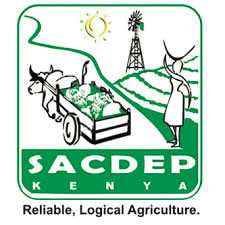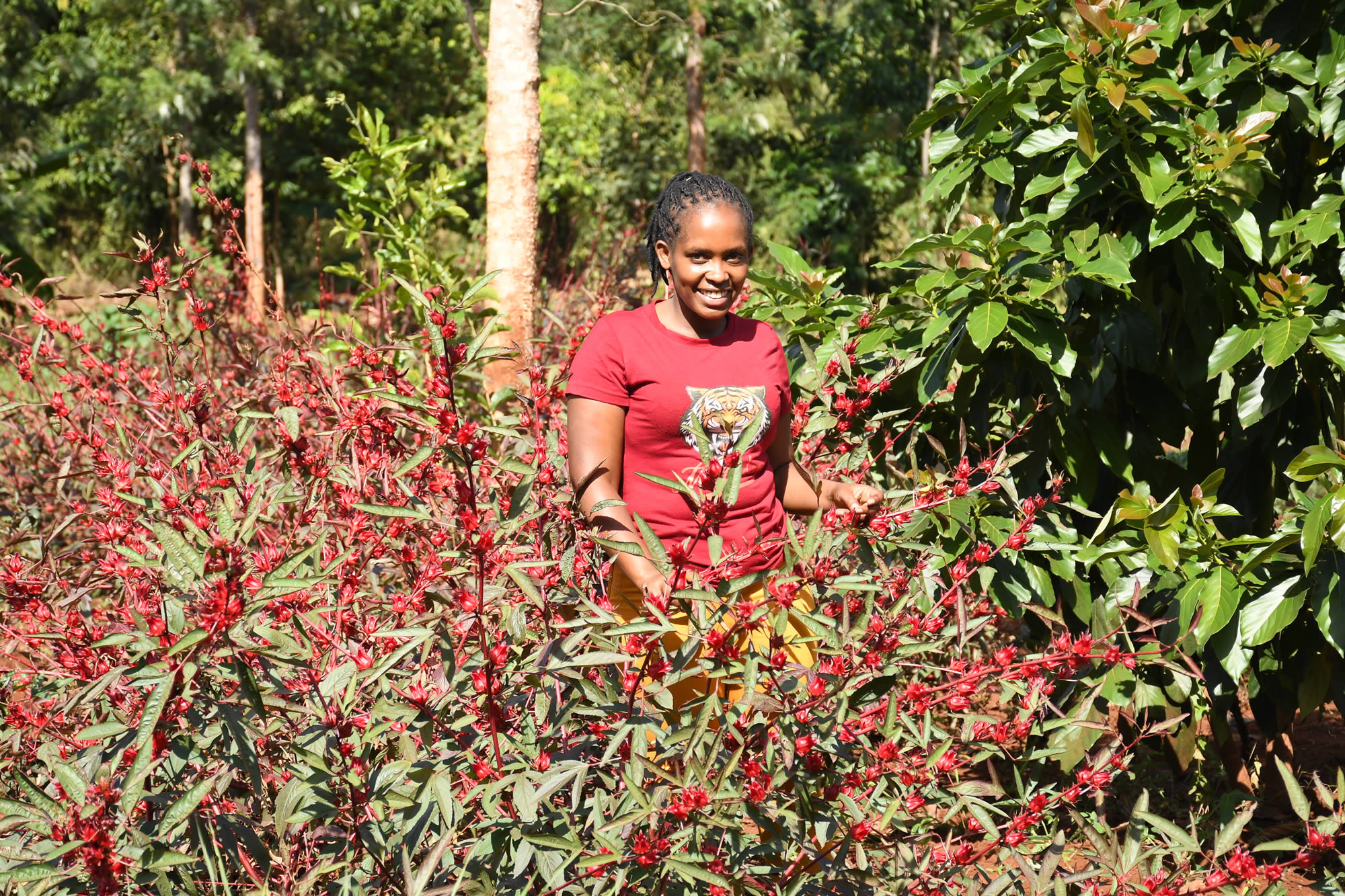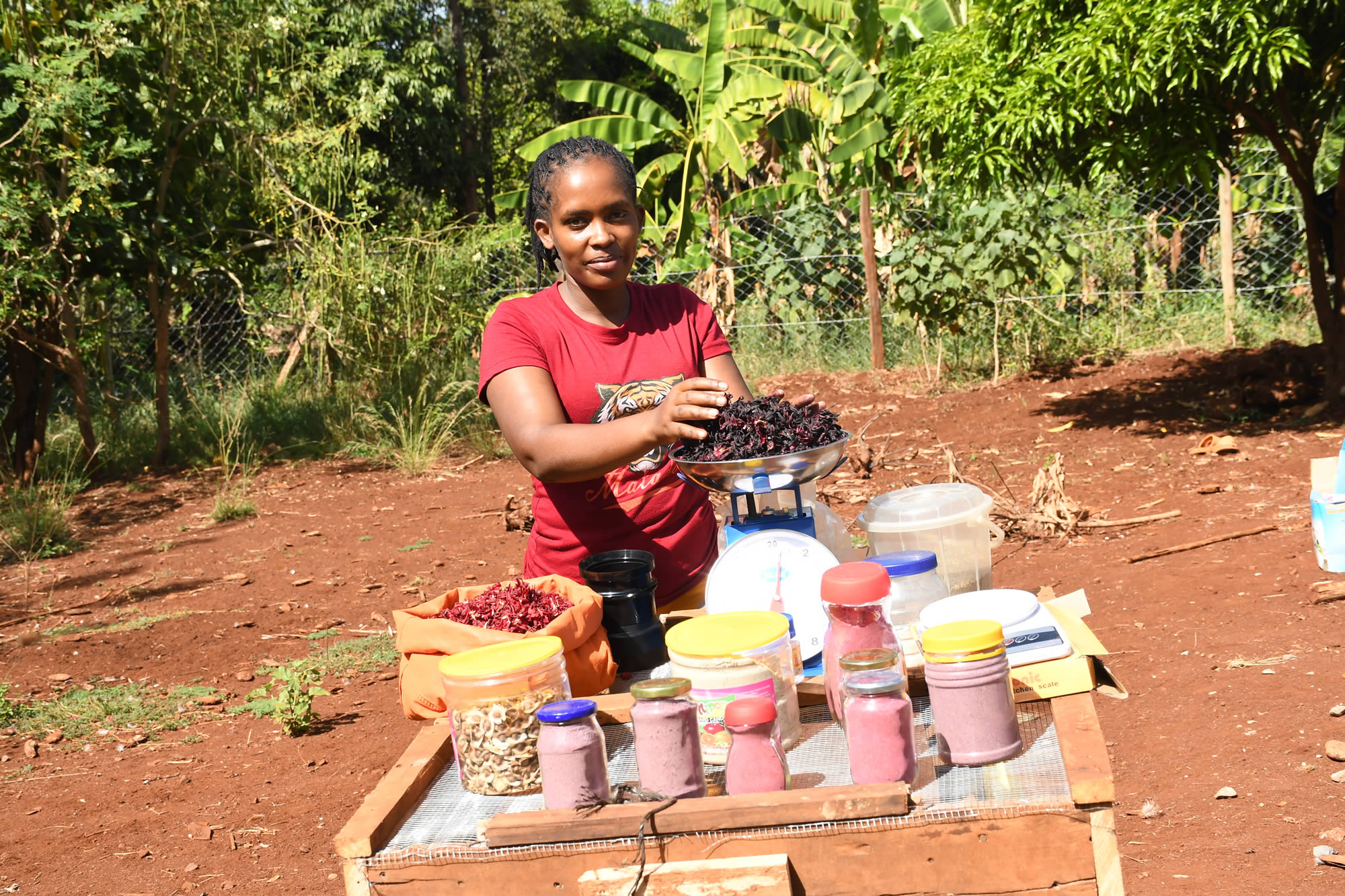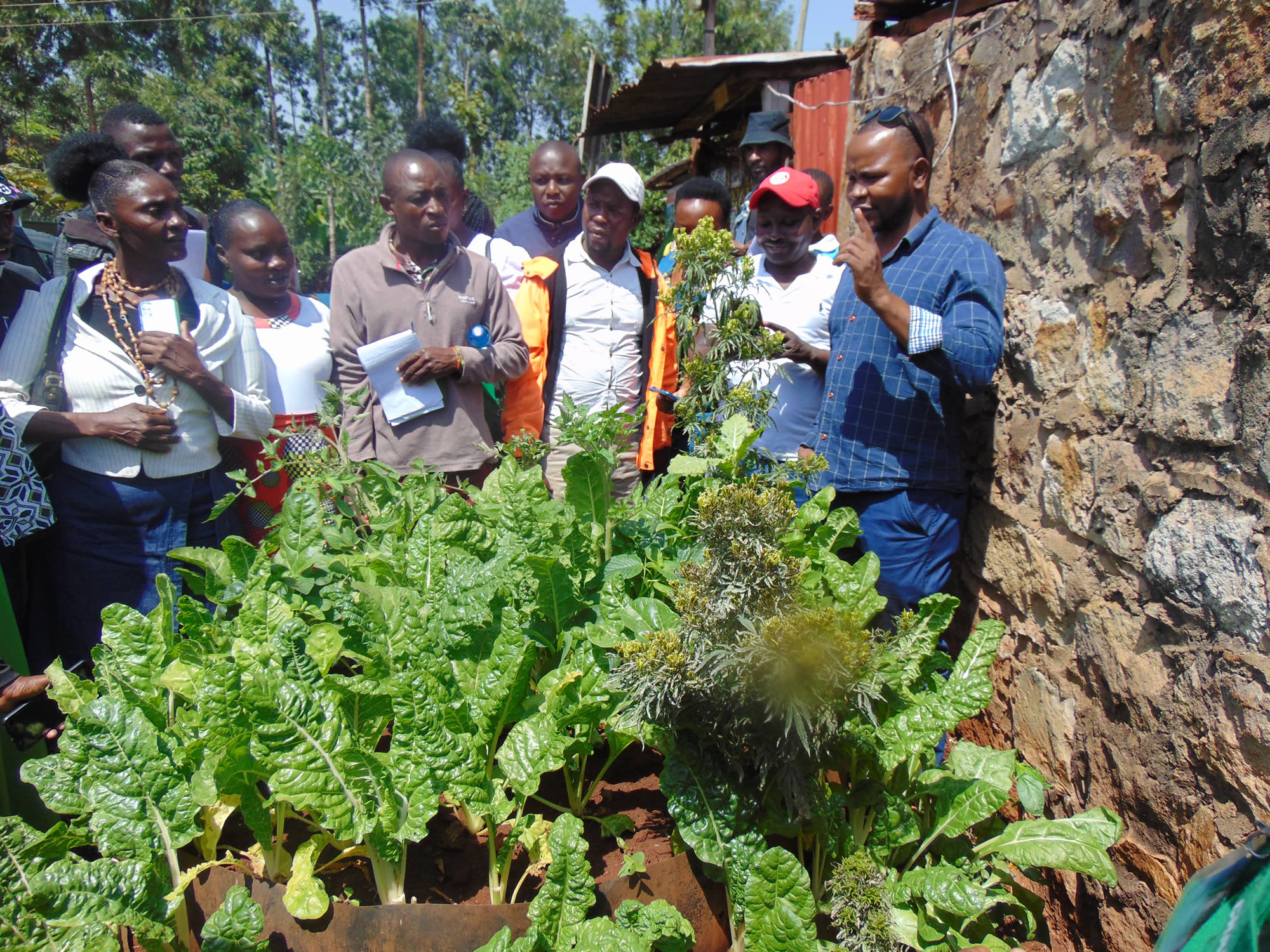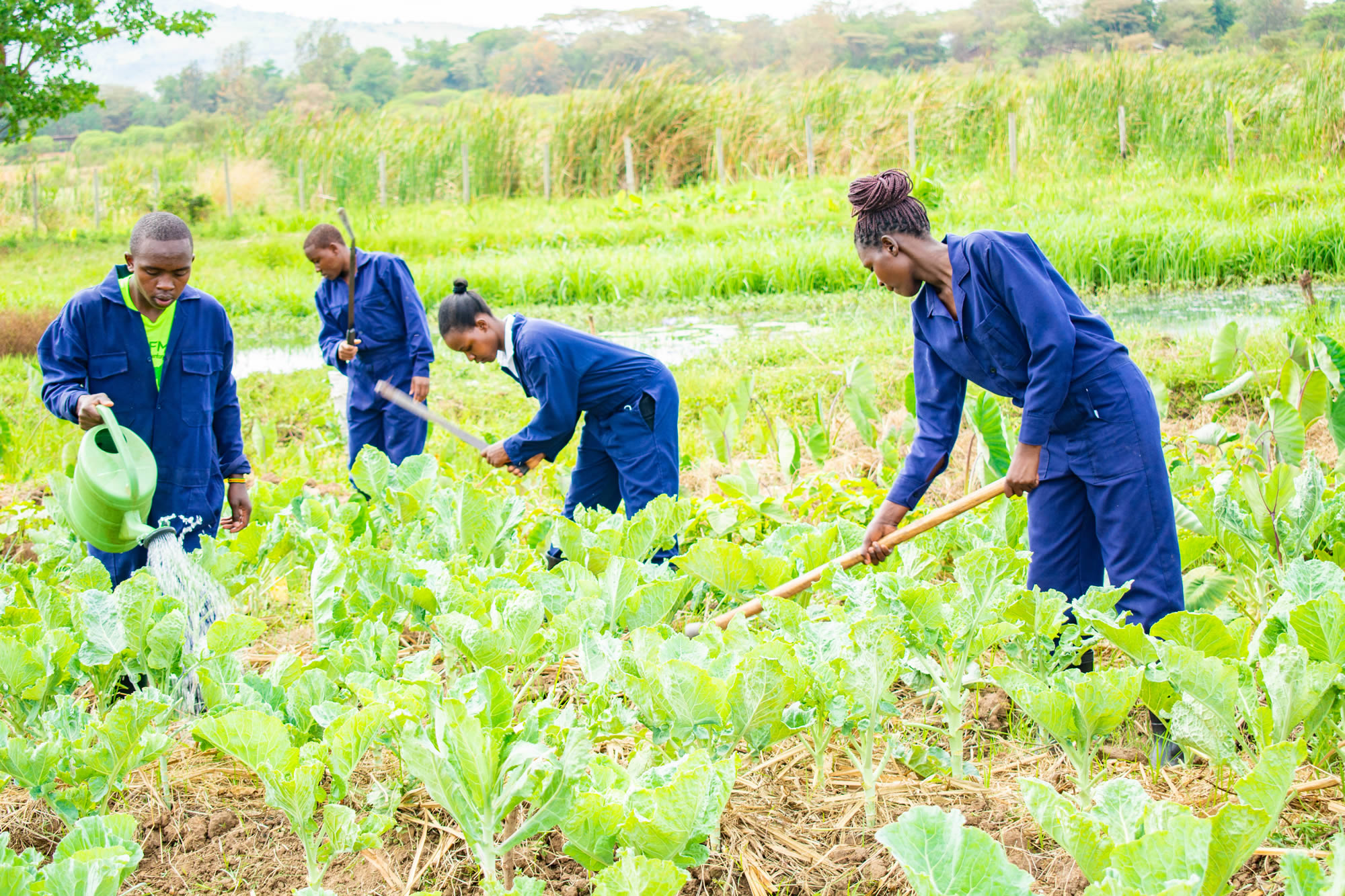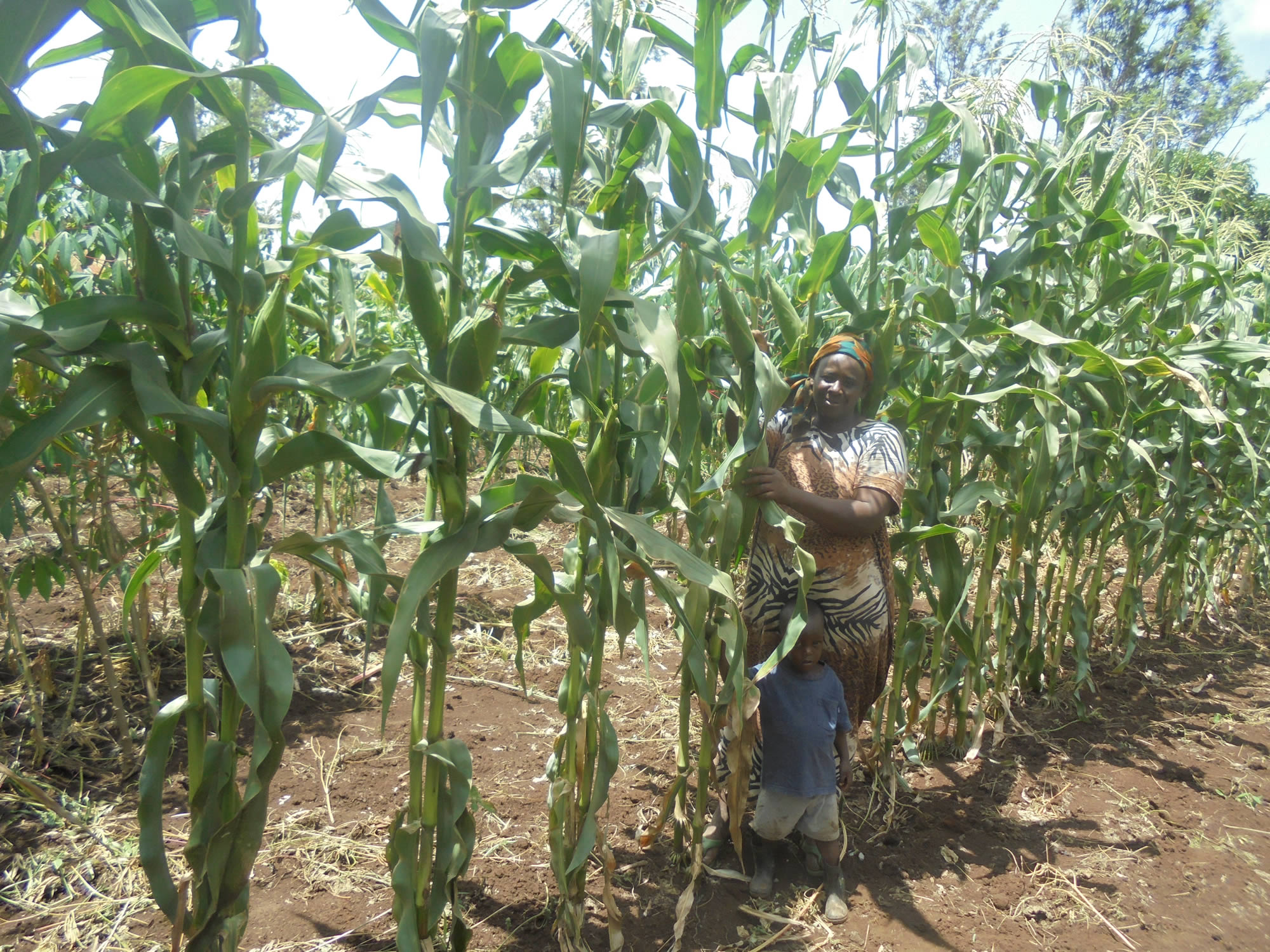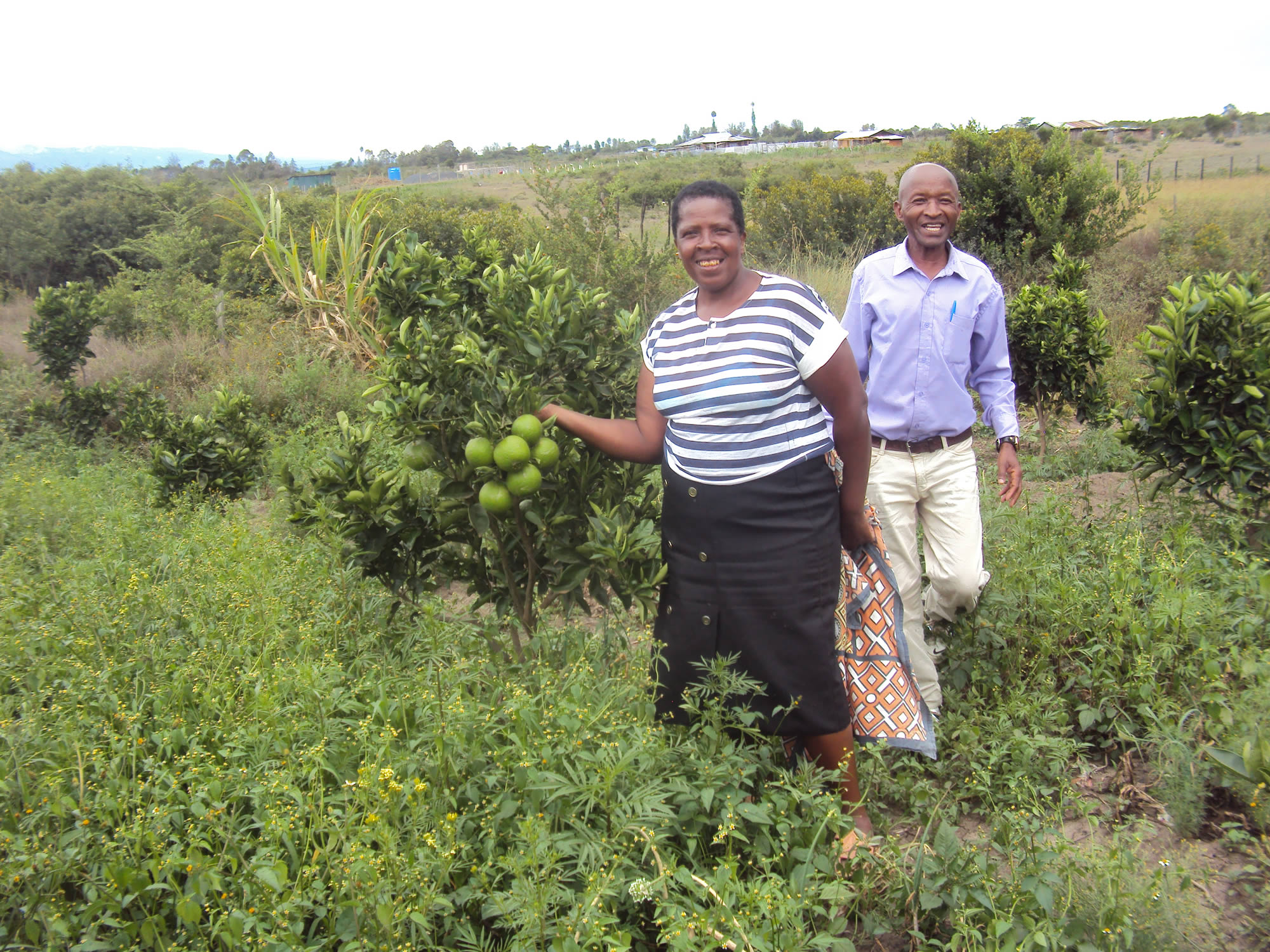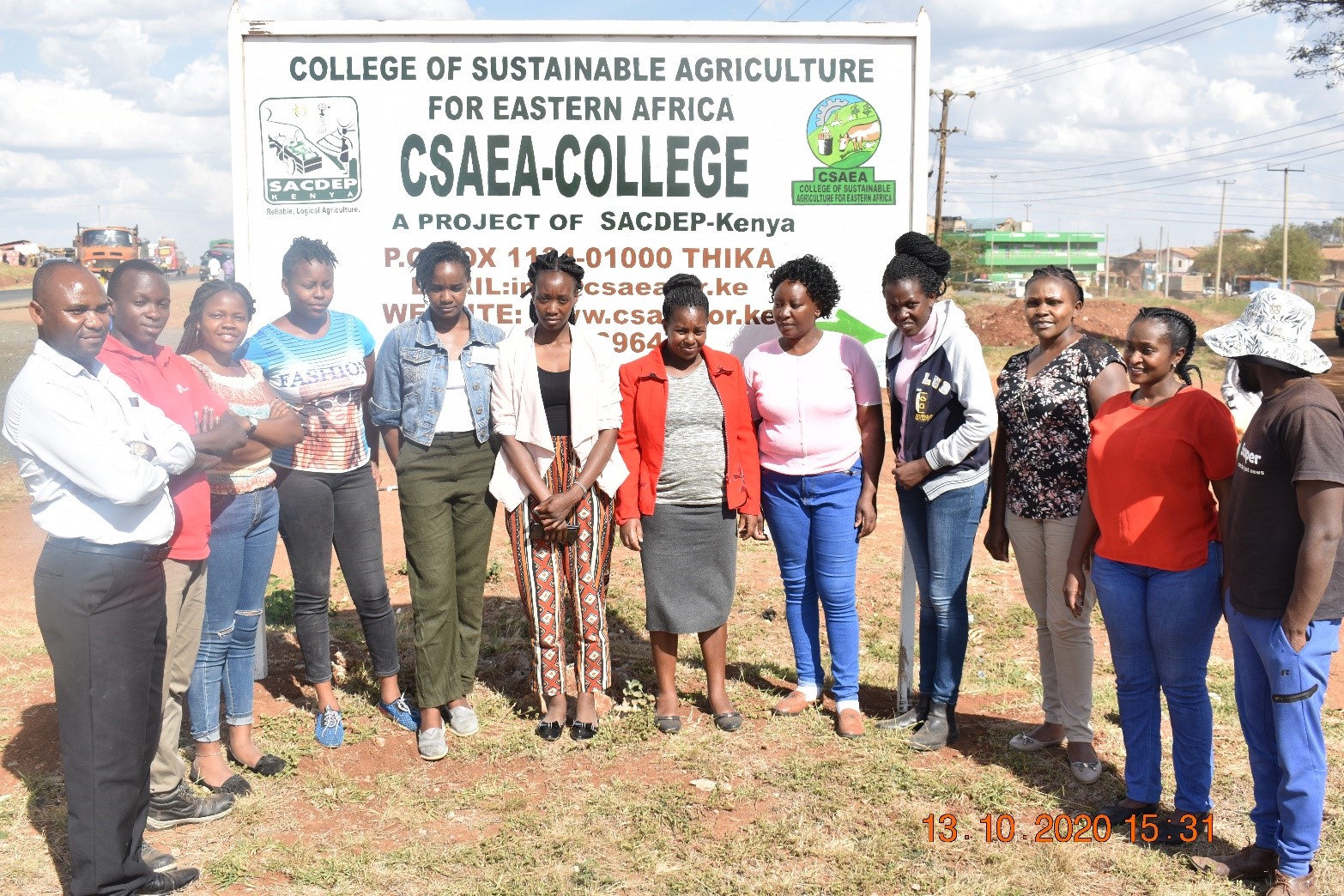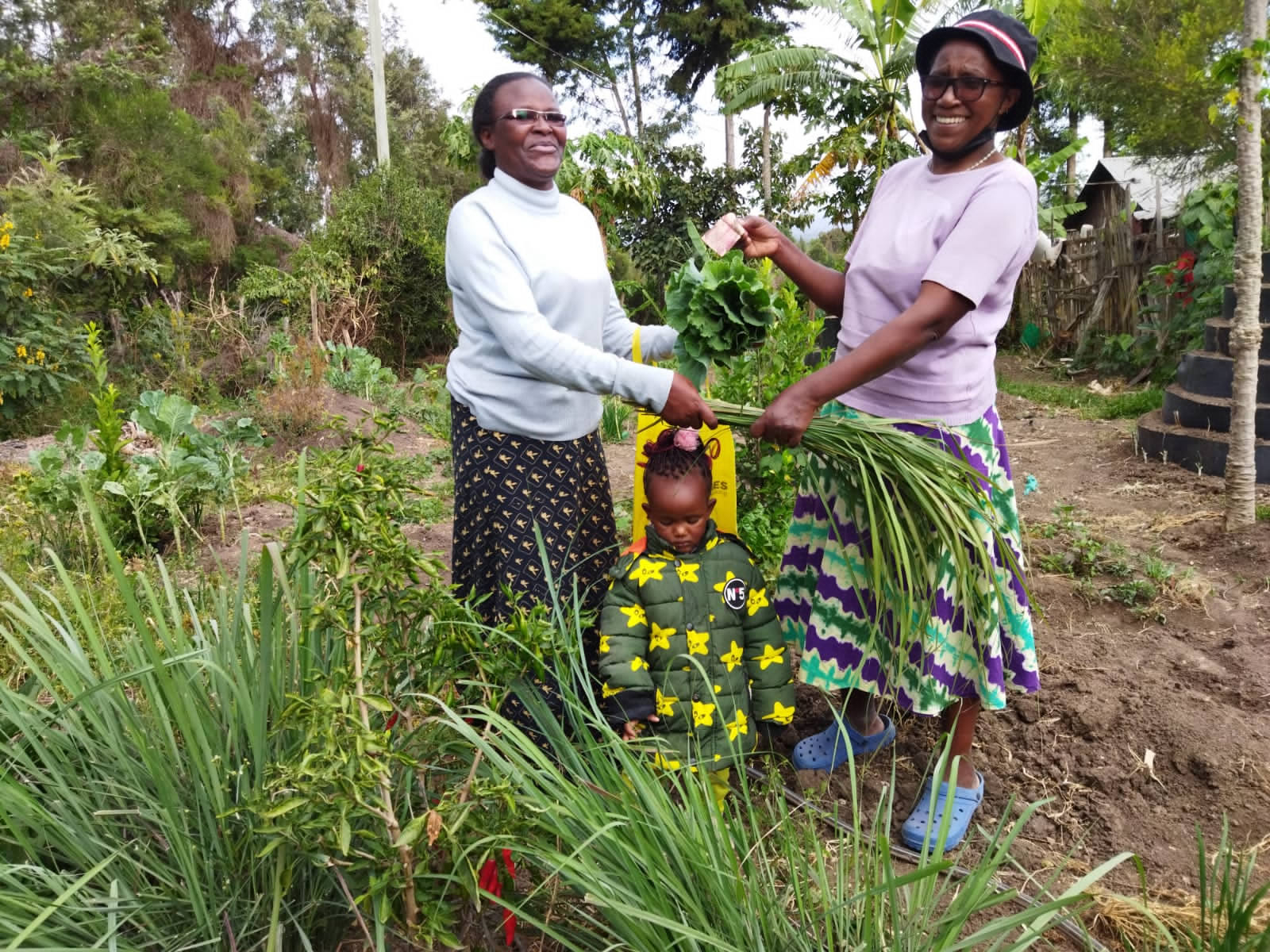SACDEP Historical Perspective
In 1991, a small group of Kenyans sat in a Social place and started a discussion on why Kenyan People are getting poorer. This was happening in the face of generation and spending of enormous human, natural and financial resources. Kenya was (and still is) rated as one of the African countries with a well structured, agricultural research, training, extension and use of mass media. Yet millions of families lacked food and agro income security. In the following meetings that followed, the reason became clear:
Conventional Agriculture approach had come and made its contribution. Farmers in developing countries could no longer continue using high chemical- high cost export only oriented agriculture.
The approach was NOT LOGICAL RELIABLE OR REALISTIC
Our Solution
Establishment and implementation of Low Cost External Input Agriculture – Results. 30 years later over 450,000 families in Kenya have experienced a dramatic turn around in their household economies.
Farmers can build new houses, children can attend school, families can access medical care and overall family savings and investment secured.
Women have attained leadership skills and become chiefs and opinion shapers in their villages. Government and other development agencies have recognized SACDEP’s S.A approaches as a success case which deserves integration in policies.
SACDEP has achieved a big feet in Kenya. It has created a Logical, realistic and Reliable approach to agriculture.
SACDEP strongly holds the belief that people are not just poor. What exists is a result of marginalization, poor resource distribution, oppression, fraud and disadvantages, historically perpetuated by the powerful. The reason why some continents, regions, countries or individuals are very rich while others are very poor is as a result of selfish tendencies. People or groups continue accumulating and holding wealth endlessly. Meanwhile, people considered poor rather, have enormous resources at their disposal. They have the desire to improve their lives. Yet, opportunities to achieve their goals are often hampered by denial for knowledge, skills and empowerment. Their weak positions attract more extraction of their resources by the powerful and the already rich. The Poverty cycle therefore continues.
SACDEP Development Approach
The Organization is clear that external resources do not create development. Rather, they are ejected in so as to catalyze the slow process of changing people’s lives positively. Upon provision of knowledge and skills, farmers are more exposed, informed and empowered. They are hence able to design and follow their desired destiny in life.
To achieve this, SACDEP works on the following programmes:
- Farmers’ mobilization and organization into agricultural development fora.
- Conducting hands-on training and exposure to the groups in all aspects of agriculture – production, processing, marketing or Organic products.
- Training and supporting farmer groups in the creation of a savings and credit culture.
- Documentation of Sustainable Agriculture Principles and using the same to inform and influence development policies, approaches and practices.
- Networking with the development Institutions of Government, funders, NGOs and individuals committed to Sustainable Development and empowering of people.
Our Mandate
To reach out directly to resource limited small holder farmers and marginalized communities through Environmental Improvement, Advocacy, Research, provision of Skills and Knowledge in SA Practices, for wealth creation and livelihood improvement within the Eastern Africa region.
To achieve this Mandate, SACDEP-Kenya is guided by SA principles and practices that have been tested for the past 23 years. The Principles are anchored on the 7 Pillars of SA which been refined over time. The Principles Pillars are as follows:-
Sustainable Agriculture Principles
Environmentally sound practices
- Environmentally sound practices
- Economic feasibility of farm enterprises.
- Social justice.
- Culturally acceptable
Sustainable Agriculture Pillars
- To reduce weakness and vulnerability. Farmers are organized into strong groups for different projects and initiatives.
- Crop and livestock Programmes guided by the principles of sustainable agriculture, specifically using low external inputs.
- To have a good measure of determination farmers are trained to produce, process, add value and market as economically feasible.
- Small holder farmers are not often credit worthy (especially women) to banks and micro finance Institutions. Farmers form own village banks to save and obtain credit.
- Majority of the communities live in the difficult to reach rural regions. Use of Renewable Energy Sources is trained on. They use it for food processing, cooking, lighting, transportation etc.
- Harnessing, Conserving and Utilization of community shared resources. Communities work in the conservation and sustainable use of water for irrigation, cattle tick control dips and rehabilitation of forests and water catchments.
- Most communities leave others to determine their future. Ongoing Programmes educate farmers on policies, rules and regulations that affect them and how they can make proactive participation in their review and formulation.
